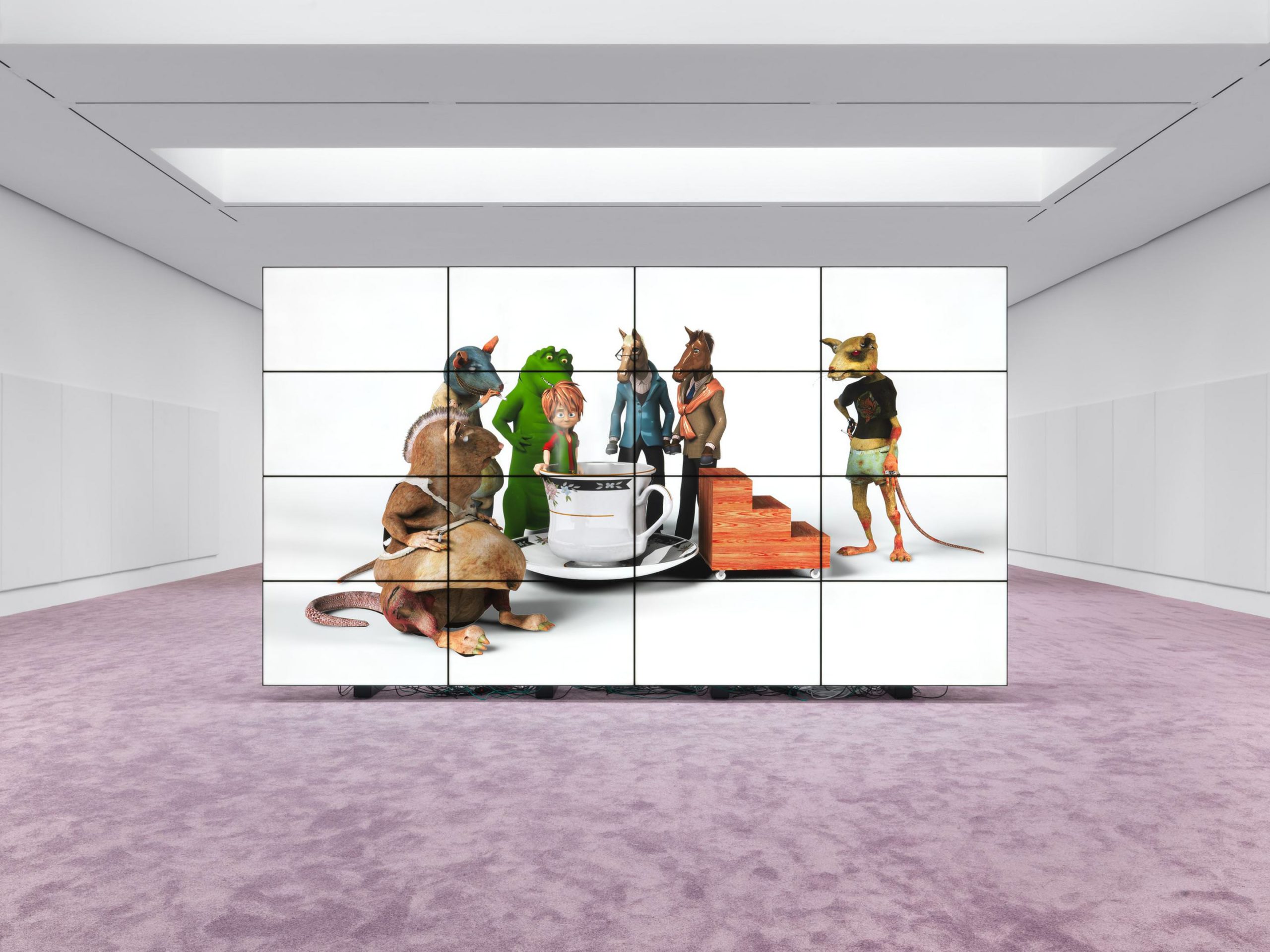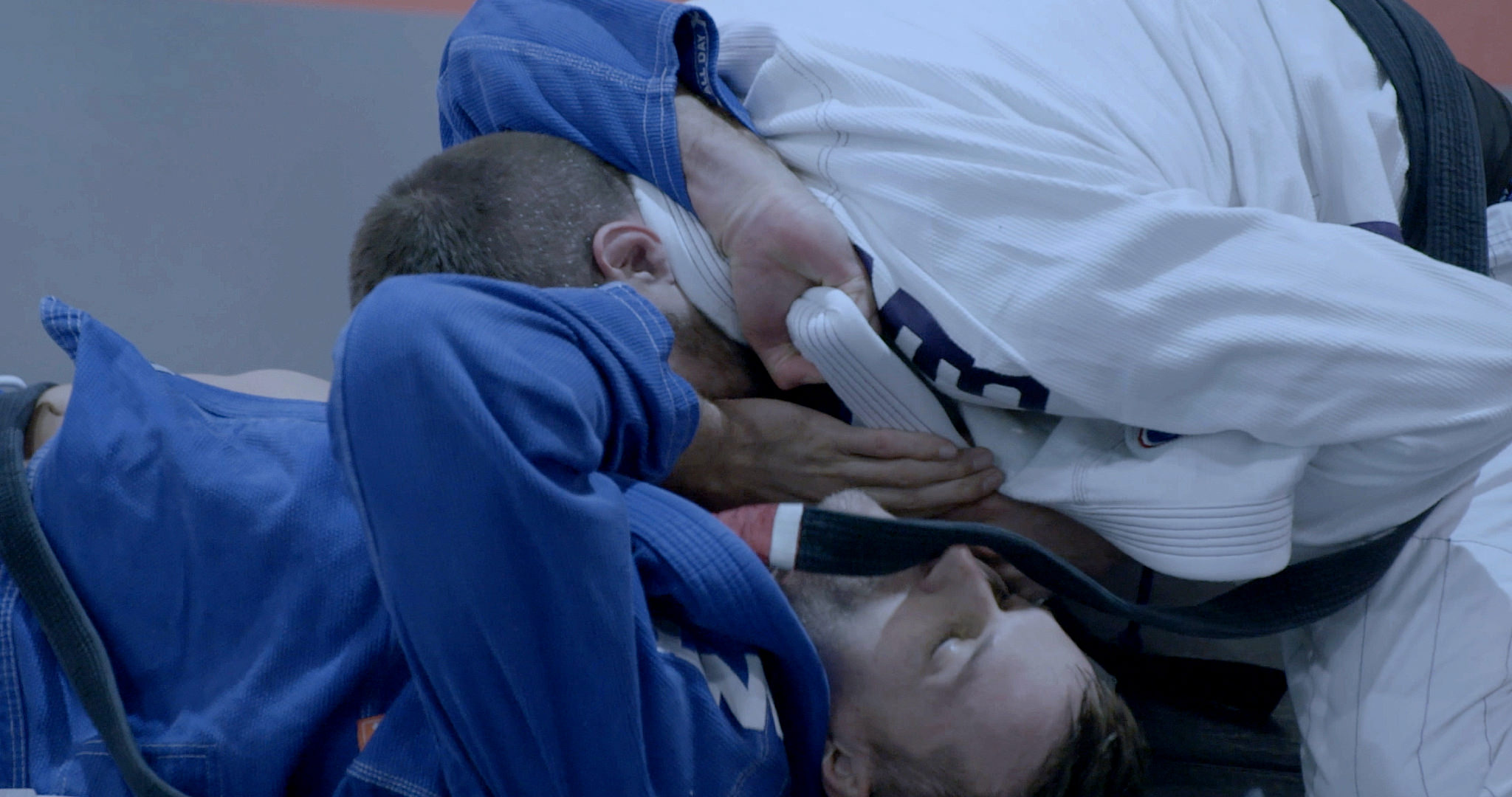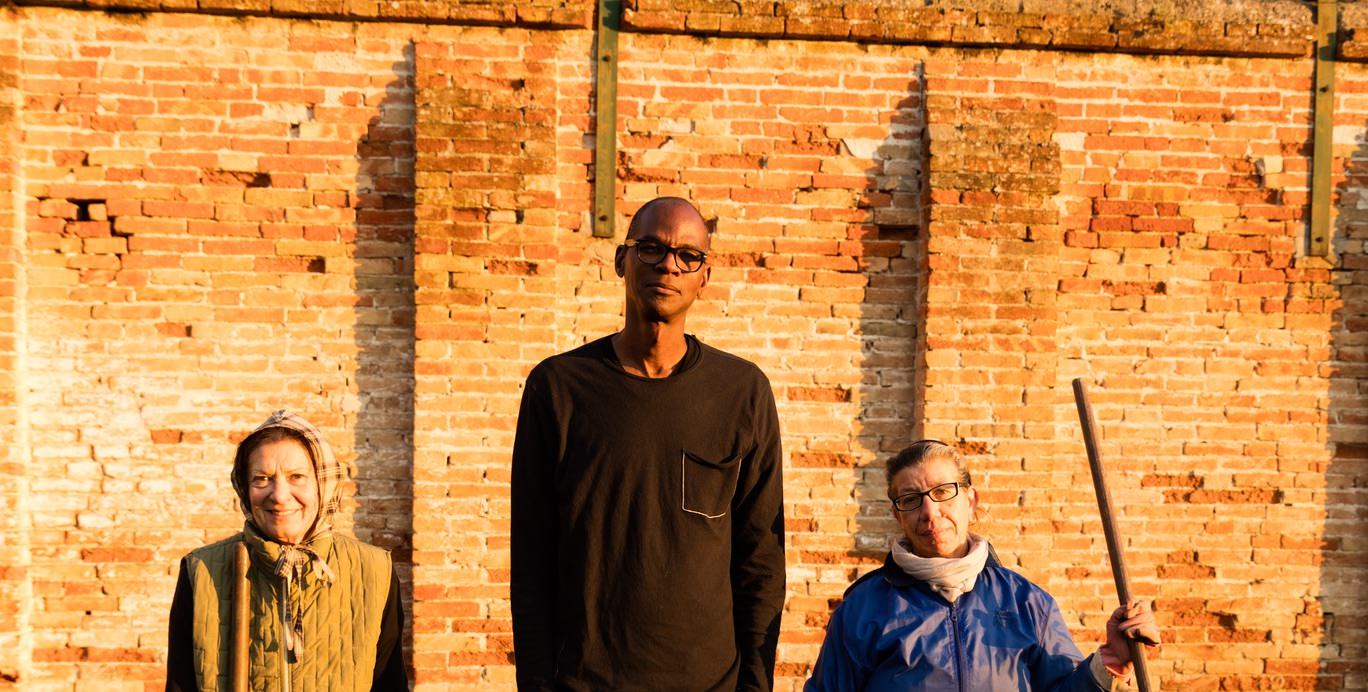The ninth edition of the Berlin Biennale for Contemporary Art, which opened June 4 and is on view through September 18 across a variety of locations, is curated by New York-based collective DIS, composed of Lauren Boyle, Solomon Chase, Marco Roso, and David Toro. We spoke to the director of the Berlin Biennale, Gabriele Horn, about the theme of this edition, which explores the paradoxes of today’s global, consumerist-driven, politically-engaged, and data-driven society.
WHITEWALL: Since its inception, the aim of the Berlin Biennale for Contemporary Art has been to attract attention to less-established and younger artists, and to create an open space for experimentation. How do you maintain that goal?
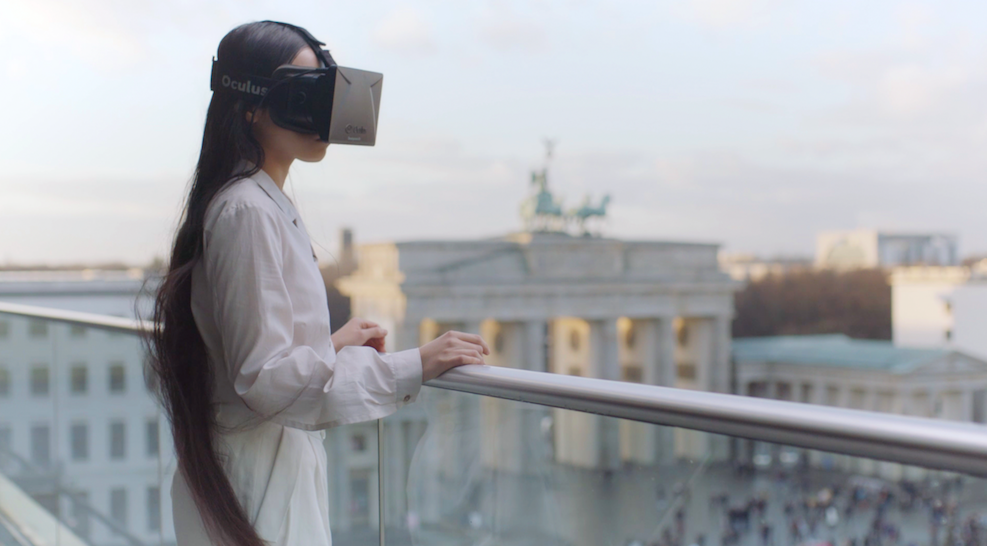
Speculative Ambience, 2016, video still, produced by Iconoclast, courtesy of the Berlin Biennale for Contemporary Art.
GABRIELE HORN: To me, this is a mindset rather than a matter of age. The Berlin Biennale for Contemporary Art has always engaged in fostering new concepts and has been open to experiments. To show recent artistic positions, and to engage the new, is what keeps the Berlin Biennale interesting. Staying open-minded is a cornerstone in our working practice, and I am looking forward to keeping this approach up for future Berlin Biennales.
WW: This year’s Berlin Biennale focuses on the paradoxes of 2016, globally: “the virtual as the real, nations as brands, people as data, culture as capital, wellness as politics, happiness as GDP.” How do the different venues of the ninth Berlin Biennale showcase these concerns?
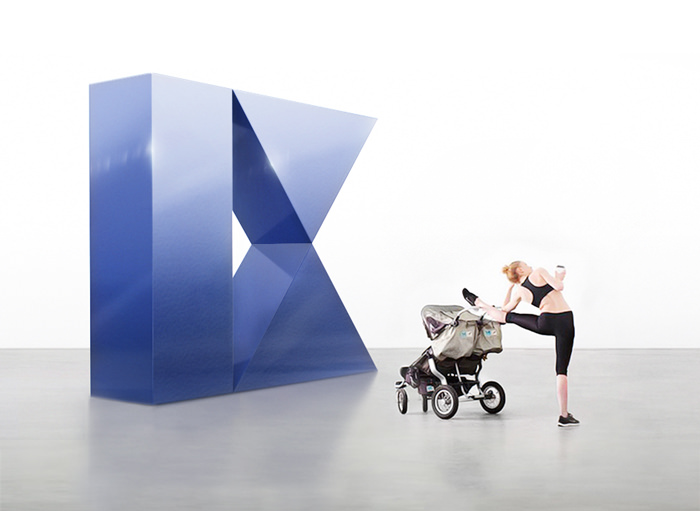
Courtesy of the Berlin Biennale for Contemporary Art.
GH: All of this year’s Berlin Biennale venues provide a touch of what DIS calls “paradessences.” This compound’s characteristics are paradoxical, and at the same time, essential to our present life. Pariser Platz was the point of departure for DIS’ research. This is where Akademie der Künste is located—one of the venues. Pariser Platz is a public space, a tourist attraction, and right in front of Brandenburger Gate. At the same time, it is surrounded by mostly unseen centers of corporate and national power. The ESMT building is the former GDR state council building, where global future managers are being educated today. Another venue is the Feuerle Collection. As a private collection accessible to the public, this venue represents the development of private collections’ increasing influence on the public art scene. A special space is the sightseeing boat Blue-Star of Reederei Riedel, where tourists become art visitors and vice-versa as the boat takes off. And as always, KW Institute for Contemporary Art is also a Berlin Biennale venue.
WW: A three-week workshop intent on creating an intelligence agency for the Post War on Terror era entitled DISCREET, created by Armen Avanessian and Alexander Martos, will take place this month. How are you seeing artists specifically creating work around this issue?
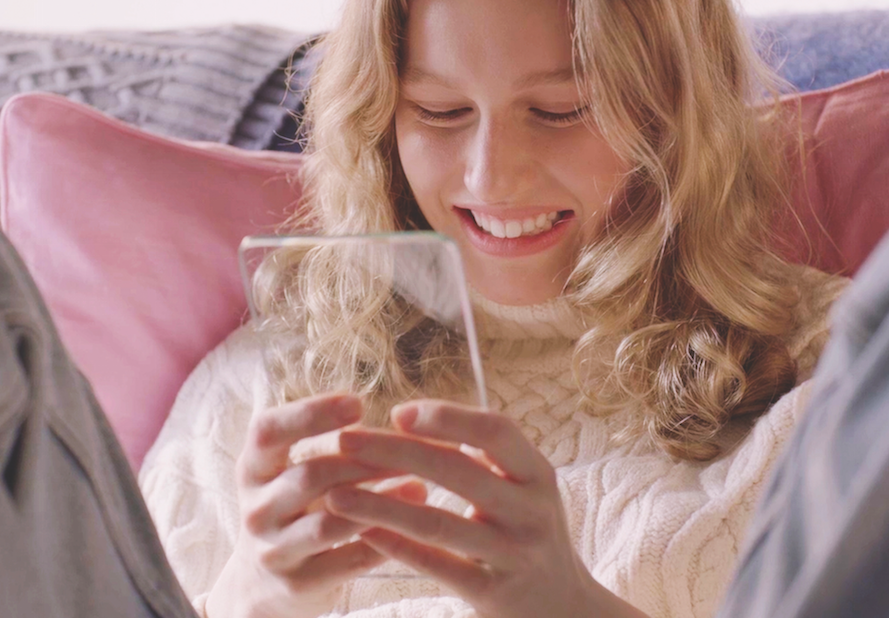
Narrative Devices, 2016, featuring Tilman Hornig: GlassPhone, video still, produced by Iconoclast, courtesy of the Berlin Biennale for Contemporary Art.
GH: To name a few, there is, for example, the work Autonomy Cube (2015) by Trevor Paglen and Jacob Appelbaum. It is a sculpture, which turns the room in which it is installed into an open wireless access network, a secure hotspot (network ID: Autonomy Cube). For users who join the network, Paglen and Appelbaum provide a service of anonymizing their traffic, routed through Tor, a service seeking to anonymize data worldwide. Artist Camille Henrot addresses topics of fishing and scamming, and uses an invasion of her privacy as a starting point for her work. In Office of Unreplied Emails (2016), she reacts to the overstrung tone of e-mails in which environmentalists, politicians, and activist groups, whose causes she had supported, demanded for more of her help. Still in favor of each of the groups’ causes, Henrot proposes emotional responses to the pushy e-mails, and addresses modes of information distribution by using exaggerating calligraphy.
This article will be published in Whitewaller Basel, out next week.





